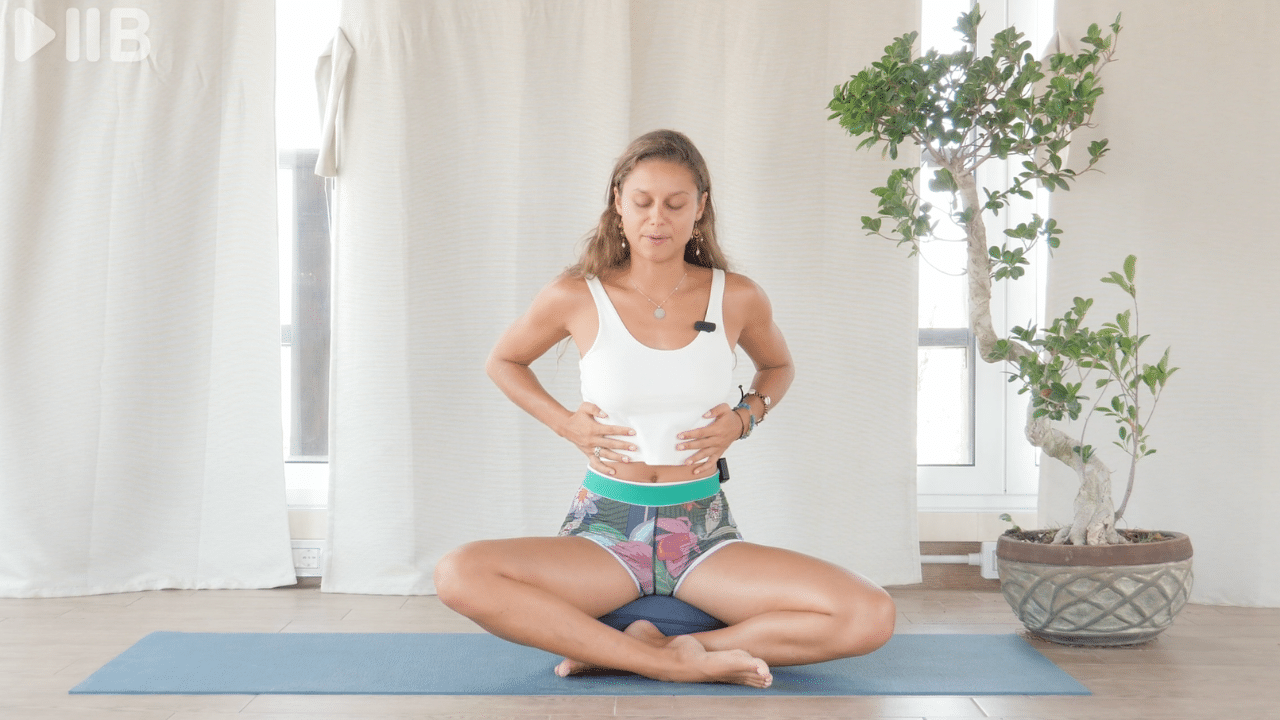
Yogic Breathing: The Importance Of Breath Connection In Your Yoga Practice
You don’t have to go to many yoga classes or watch many online tutorials to know that breathing is a vital part of yoga practice.
We’re Turning 5 – Celebrate With an EXTRA 15% OFF!
✨ Use code: PPB5YEARS at checkout
⏳ Offer ends Sunday at midnight – no extensions
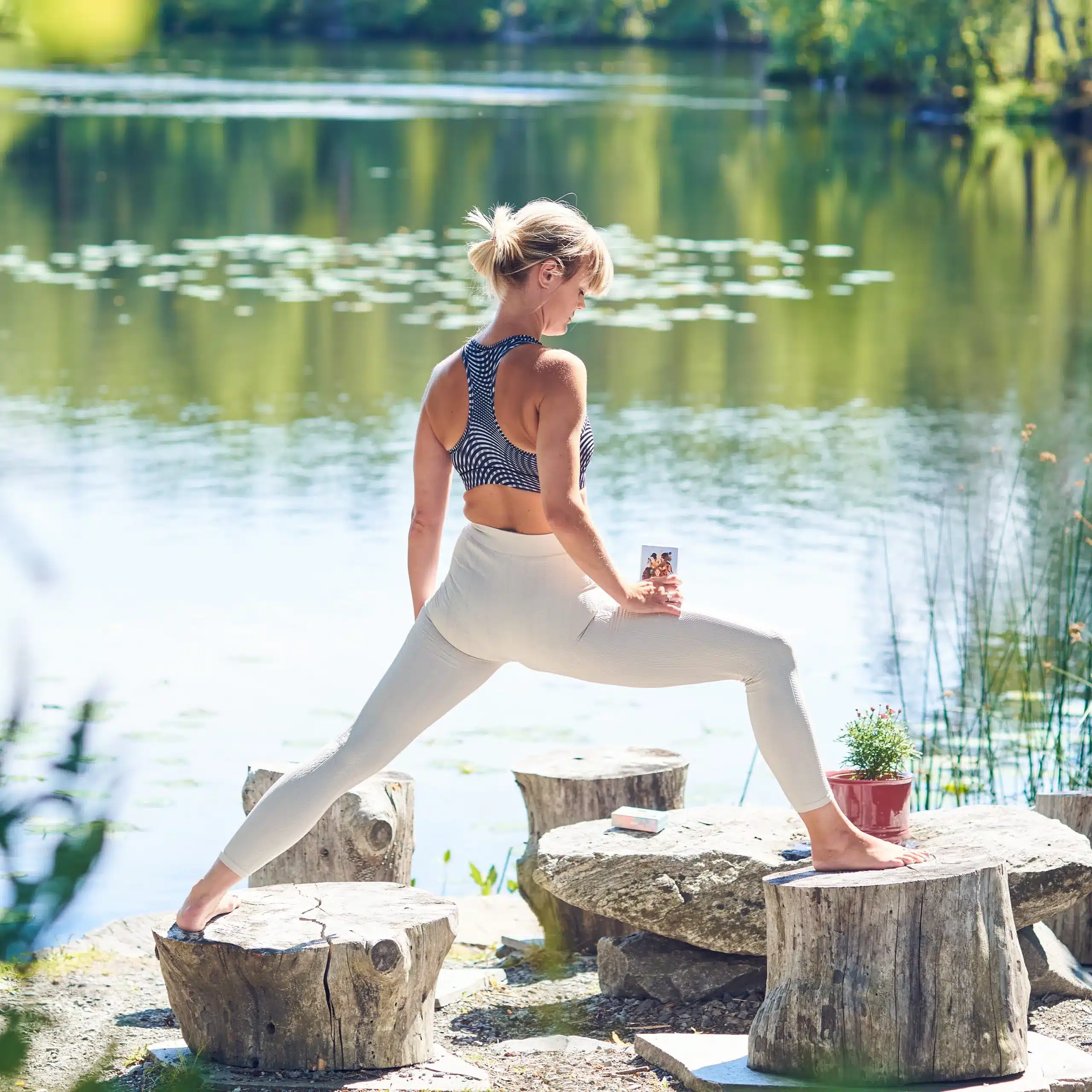
So you’ve heard all about the incredible benefits of yoga and are ready to give it a go? Awesome! However, before you attend your first class, it’s worth learning a little about where this mindful practice comes from and what it entails.
Don’t worry; you don’t have to spend hours browsing online as we’ve put together a short but complete beginners mind’s yoga guide. Read on to learn about the practice’s history, benefits, different styles, and, most importantly, how to get started!
Yoga is a spiritual practice for uniting the mind and body, achieved through a series of physical postures, breathing exercises, and meditation techniques. Yoga is a Sanskrit word meaning “to yoke,” which refers to the merging of the body and mind that occurs when you practice. This comes about through breath awareness.
Connection to the breath is the most vital aspect of yoga practice. Conscious breathing while moving and stretching creates many of the practice’s benefits, such as relaxation of the body and improved clarity of the mind.
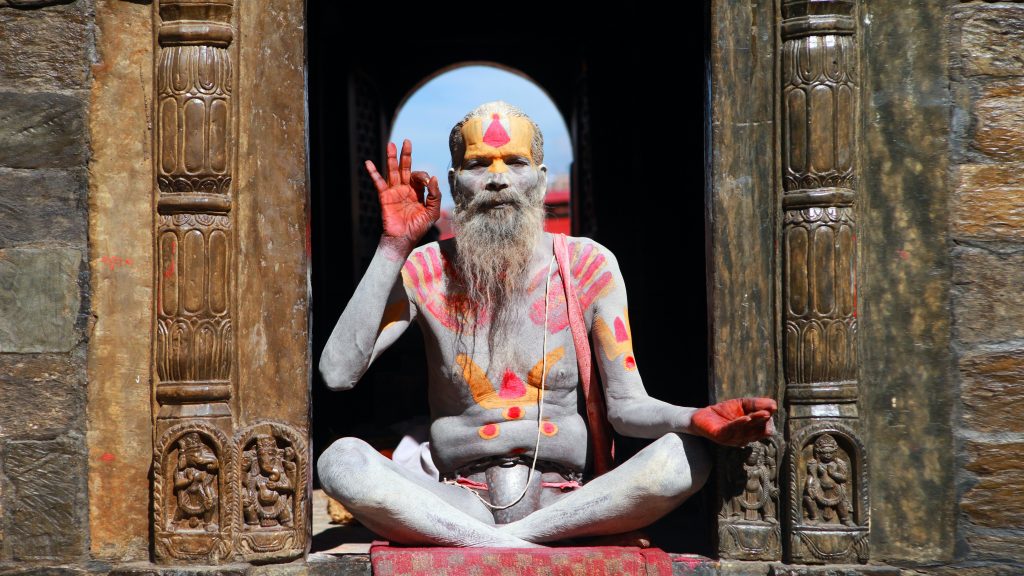
Yoga originated in India, where it has been practiced for over 5,000 years. It was first mentioned in the ancient Hindu texts called The Vedas, written during the Vedic period (1500 BCE).
The teachings were primarily taught via oral tradition, passed down from teacher to student. Still, as time passed, other Hindu texts such as the Upanishads, the Bhagavad Gita, and the Yoga Sutras began detailing the practice.
The practice of yoga has dramatically evolved over time. As a result, the yoga you see in most yoga classes in the western world today is considerably different from how the ancient yogis practiced.
Traditionally, the goal of yoga was to advance along your spiritual path and reach enlightenment. However, nowadays, people practice yoga for all different reasons; to unwind from a stressful day, release anxious thoughts, or keep aches and pains at bay.
While most modern-day practitioners focus on learning the yoga postures (asanas), yoga has eight key components known as the 8 limbs.
As yoga has become increasingly popular in the 21st century, much research has been done to uncover the practice’s many benefits. Here are some of the top physical, mental, and emotional benefits of yoga that have been verified through scientific research:
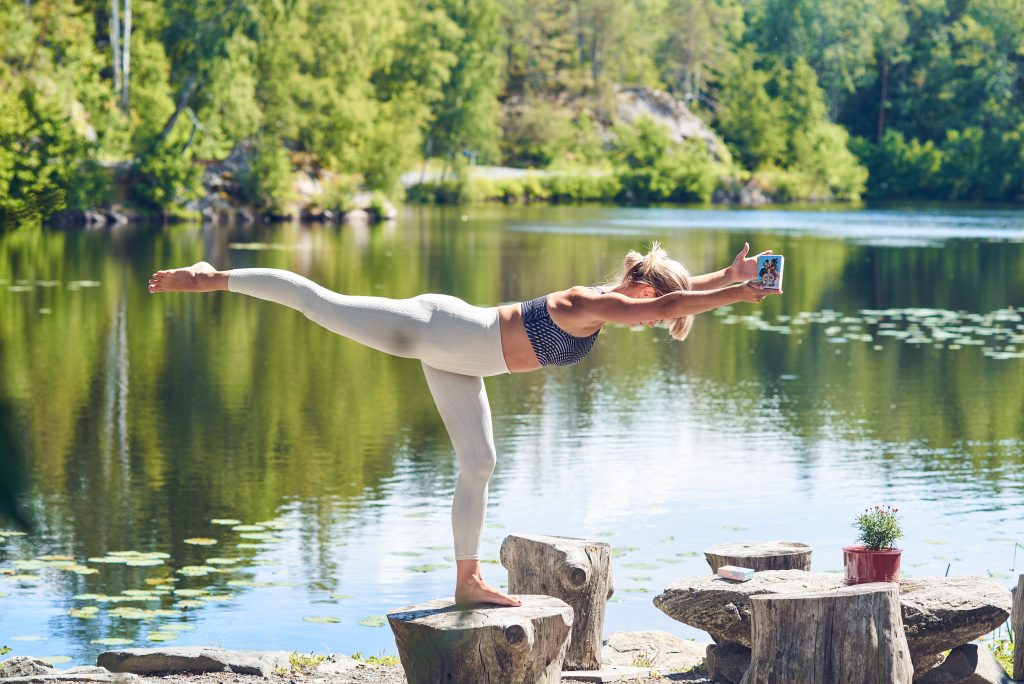
Nowadays, there are easily over 10 different styles of yoga. While they all share the same benefits, the delivery of the practice differs. Here are six of the most common yoga styles that you can start practicing as a beginner:
Hatha is one of the oldest yoga styles and is an ideal place to start. The Sanskrit word Hatha is broken down into two, “Ha” meaning sun, and “Tha” meaning moon. Thus, the purpose of this style is to balance the dual energies that exist within all of us.
In a hatha yoga class, you first warm up with sun salutations before moving into standing, seated, and reclined postures. You typically hold each pose for five or so breaths. Hatha yoga is what the PlayPauseBe deck is based on and the foundation for many newer styles.
Ashtanga yoga is a structured style consisting of specific asanas practiced in a particular order (known as a series). There are six series in total, and traditionally, you should master one before advancing to the next.
Ashtanga was popularized by K. Pattabhi Jois during the twentieth century, yet it was first referenced around 200 to 250 BC by the ancient sage Patanjali. The style is physically demanding, so it is ideal for those looking for a challenge or those who like familiarity.
Vinyasa is a newer style that combines the ancient Hatha and Ashtanga practices. The primary difference is that Vinyasa yoga links asanas together in a “flow,” making it a fluid, dance-like practice.
Unlike Ashtanga, there is no set sequence, but it is typically taught with a breath-to-movement pattern. For example, you inhale into one pose and then exhale into the next rather than holding each posture. Vinyasa is ideal for those who like variety.
Iyengar emphasizes proper technique and alignment. It involves holding each pose for longer than five breaths, which is excellent for building strength and endurance. In this style, you also use props to help you reach the desired shape. Because of the high level of attention to detail, it’s an excellent style for learning how to practice yoga safely.
Yin is a slow, meditative practice featuring only floor-based poses (seated, reclined, and prone asanas). There are no standing poses or flowing sequences. You also hold each stretch for longer, typically between 1 and 5 minutes.
Yin yoga’s unique quality is that it works in the body’s deep connective tissues rather than the superficial muscles. It is also linked to Chinese medicine and the meridians (energy channels). The PlayPauseBe Yin Yoga Deck is a great way to learn this nourishing yoga style from the comfort of your own home. The deck has 60 Yin asana cards along with features like chakra and meridian indications.
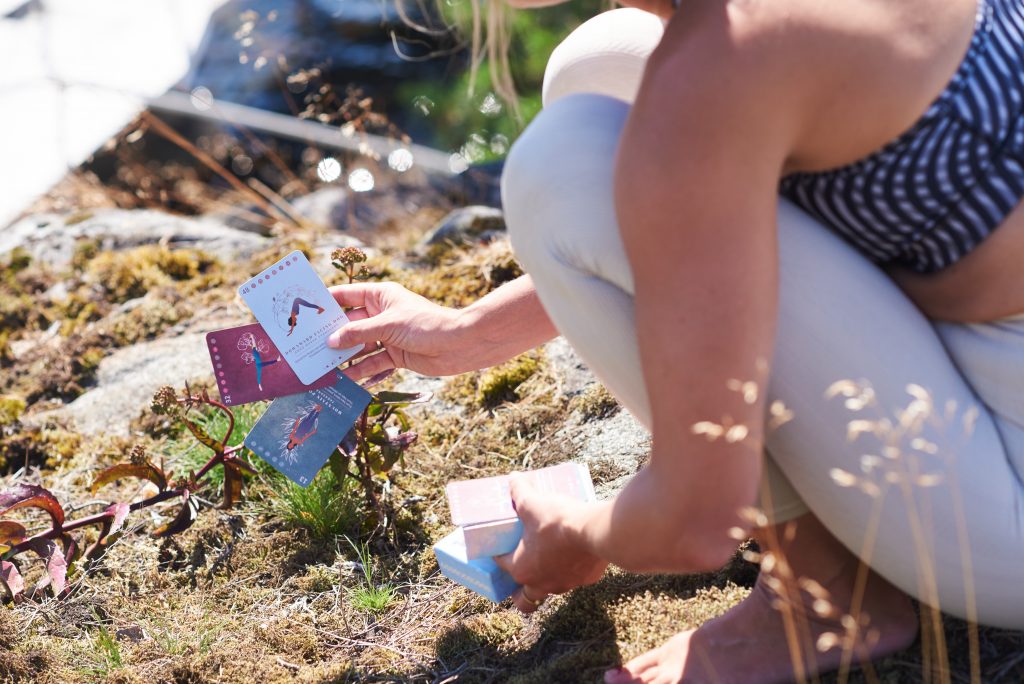
You will find many great beginner-level videos on Youtube, which offer a free way to get a taste of what a yoga practice looks like. However, following a random Youtube video only scratches the surface and will likely leave you with even more questions than you already have.
Of course, one of the most common ways to get started is to attend studio classes. While this is great in some aspects (such as asking the teacher questions), drop-in sessions don’t teach you about the benefits of each asana or fully break down the alignment.
Thus, the best way to learn yoga is through a structured course. A structured system like the PlayPauseYoga course breaks down all the most common yoga poses, detailing the alignment, benefits, and contraindications so you can practice safely.
The PlayPauseYoga course also gives you more understanding of yoga sequencing, so you’ll understand why you practice particular asanas at specific points in the practice. In addition, it has specific lessons about how to work with your breath.
The course will empower you to practice yoga independently using the unique PlayPauseBe Deck for sequencing and guidance. Thus, these two products combined will help you create your own regular at-home practice, even if you have no previous experience.
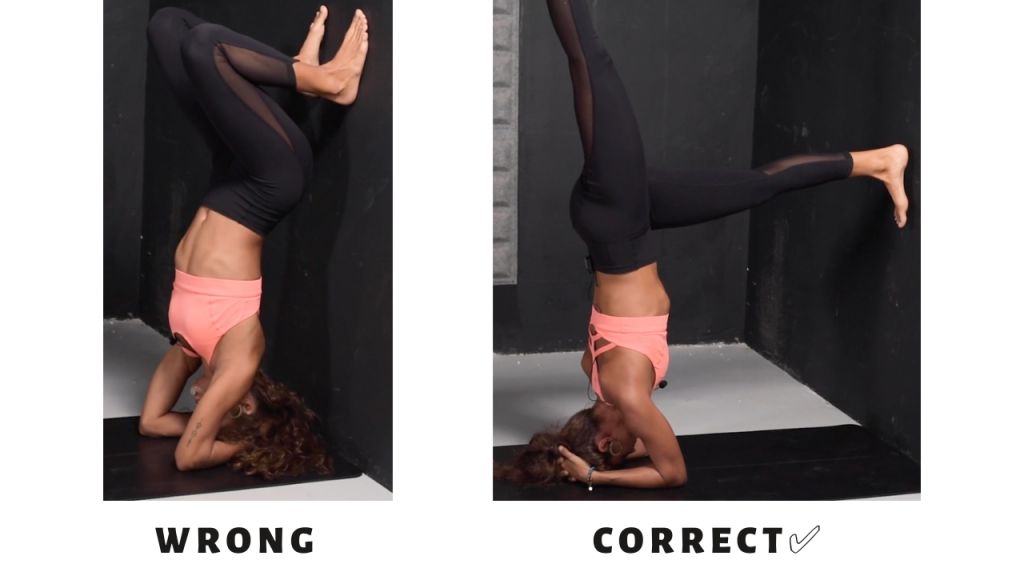

You don’t have to go to many yoga classes or watch many online tutorials to know that breathing is a vital part of yoga practice.
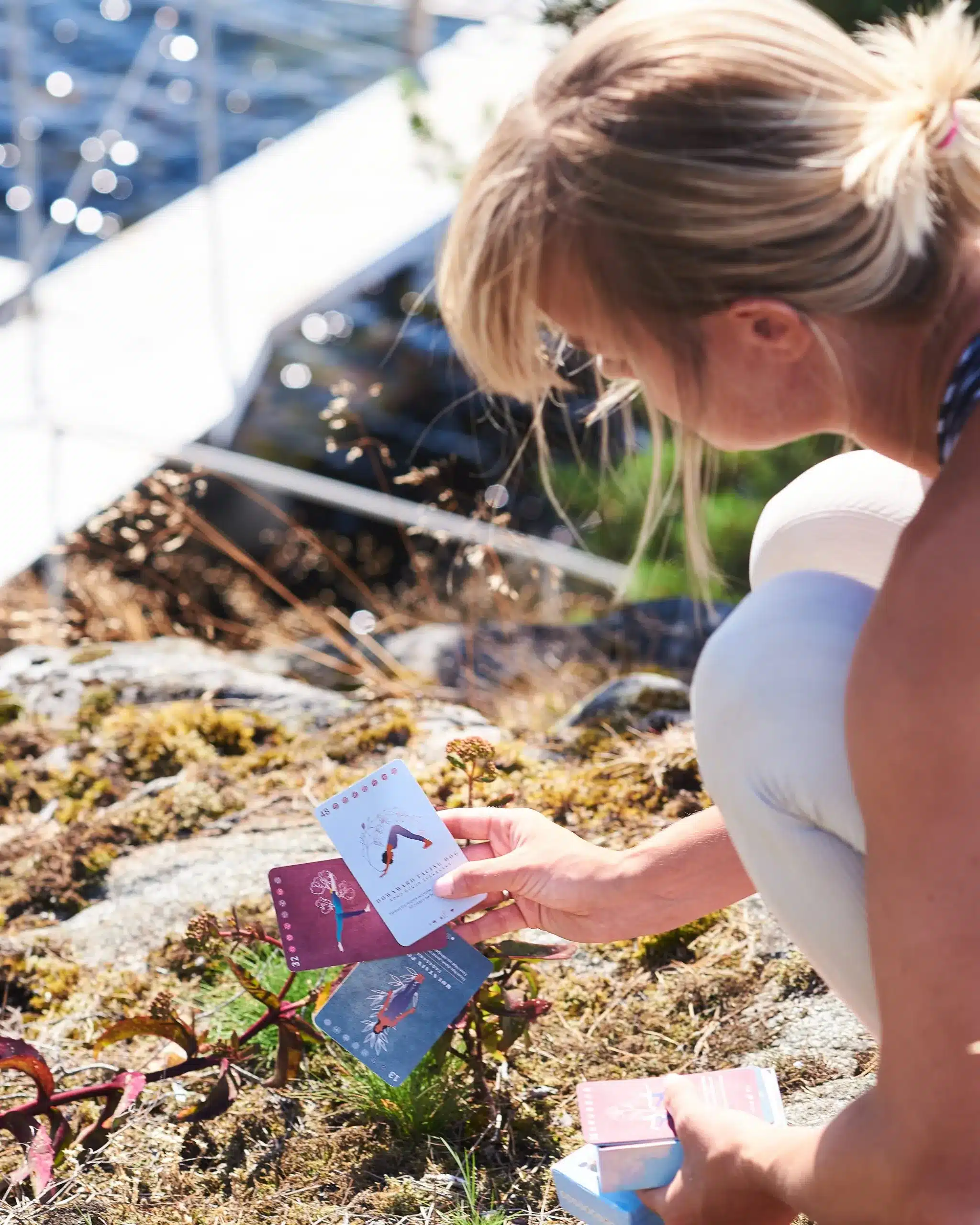
You don’t have to be an advanced yogi to be able to practice yoga at home independently. With just some basic understanding of how yoga
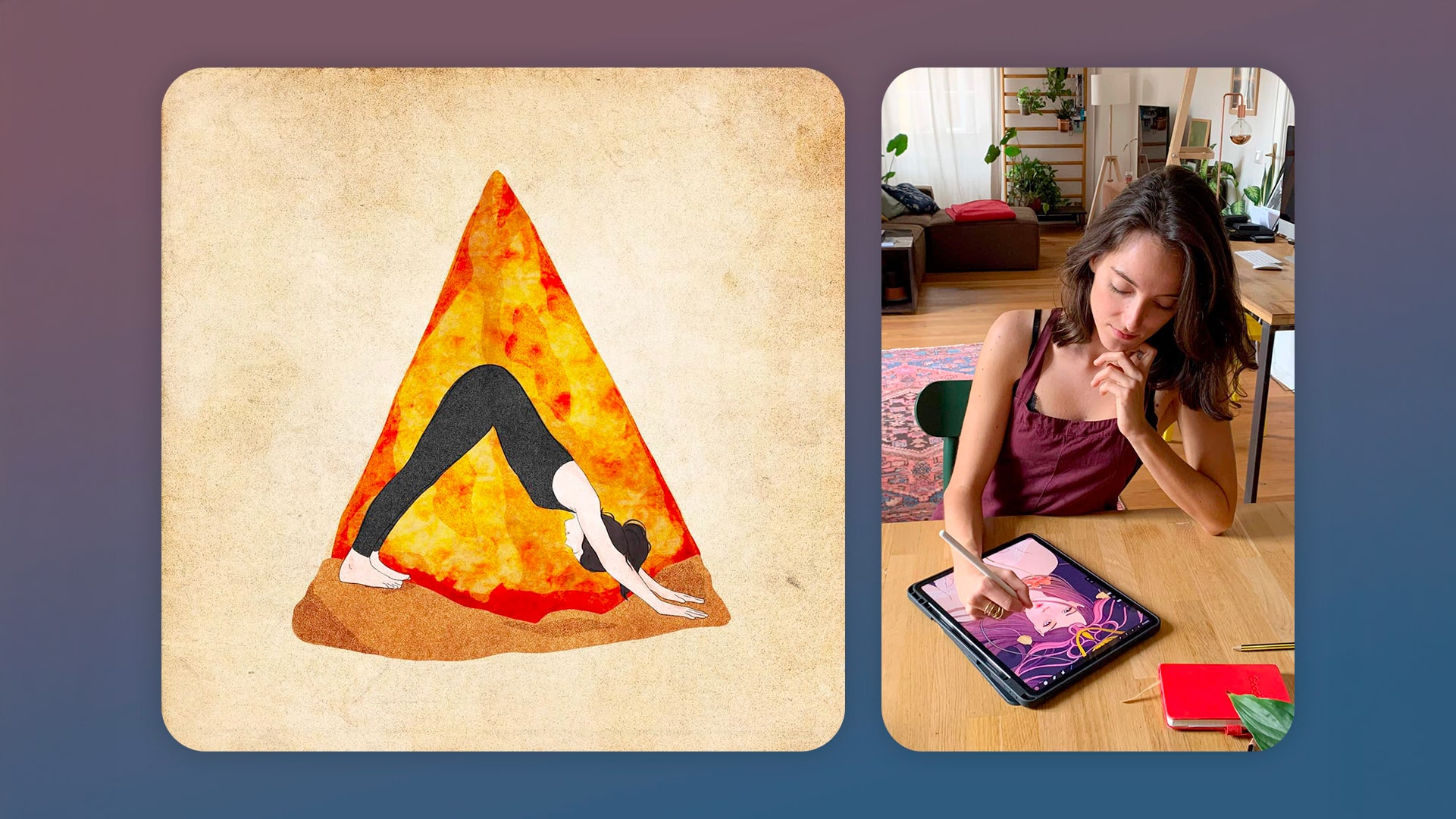
Exactly five years ago, Giulia, our illustrator, finally told me, “Yes, I’m going to do it.” At the time, PlayPauseBe was just an idea—a seed

Celebrate With an EXTRA 15% Off
Enjoy an extra 15% OFF everything – decks, bundles, and courses.
✨Use code: PPB5YEARS at checkout
Offer ends Sunday at midnight – no extensions!